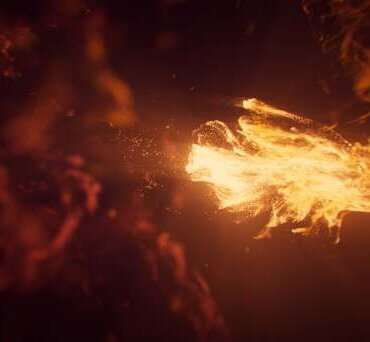
Lava. Photo: Rostislav Uzunov. Pexels.com
I was recently fortunate enough to spend a day in and around Rotorua with GNS Science volcanologist Brad Scott and two visitors from the Tonga Geological Sciences.
Brad has an incredible knowledge of the area. He walked us through the interactions between the large volcanic systems, the many faults within the rift zone, and the geothermal systems that give us our beautiful and fragrant features. Rotorua is an excellent example of how interconnected our Earth’s systems can be.

Janine Krippner
Walking through the Rotorua and Ōkataina calderas we discussed some of the misconceptions that pop up, like how some believe that tapping into geothermal systems releases pressure, making eruptions less likely. This is not true. The heat from magmatic systems can provide heat for geothermal systems, but they often behave independently. I heard this a lot when I lived in the United States. People would become concerned when there was an increase in geothermal activity at Yellowstone, but those changes in activity have nothing to do with volcanic activity.
Yes, we do monitor them in case they begin to give us signs associated with magma on the move, but they have their own fluctuations in activity that can have more to do with things like how much steam is being produced. So no, we cannot just drill a hole and release the pressure in volcanic systems.
While we mostly happily live with the activity in and around Rotorua, geothermal areas do produce their own hazards. Firstly, and perhaps most obviously, they are hot. There is hot water and steam that can result in injury and life-threatening burns. Gases can become a danger if they manage to accumulate in low areas, like a hole in the ground, and if people happen to end up in that hole. Ground can subside and collapse, and there can also be hydrothermal or steam eruptions. Like the phreatic/steam eruptions at volcanoes, these can be very difficult to forecast with little to no warning. These geothermal explosions are usually much smaller than volcanic phreatic eruptions, commonly affecting around 10-15m from the vent (although there is a large variation in size). Geysers are a good example of the smaller end of these.
We damaged our geothermal systems through over-exploitation in the 1930-70s, when we lost many geysers and springs. Since then, some recovery has been successful.
Thankfully, we most often get to enjoy the benefits of geothermal activity and we can mitigate the hazard by keeping people out of the higher risk areas with simple tools like fences and signs. We are fortunate in New Zealand to use geothermal activity for power generation, we have gorgeous areas to attract tourists for our economy.
Nothing beats a tour of a volcanic area with someone who knows it well. It is a rich experience having a guide who can point out and explain the fault lines, the old lake terraces that formed when Lake Rotorua was much higher, the deposits from large and small volcanic eruptions, and the human stories that go with the landscape. It changes how you think and feel about the world around you.

Photo by Eriks Cistovs: pexels.com








